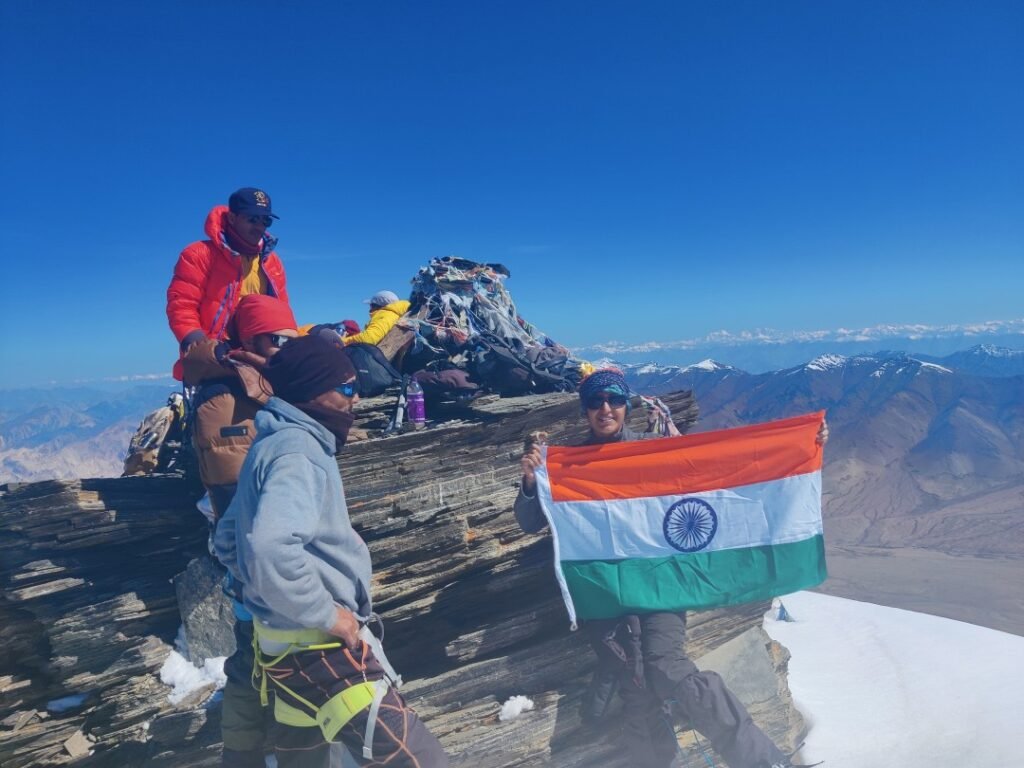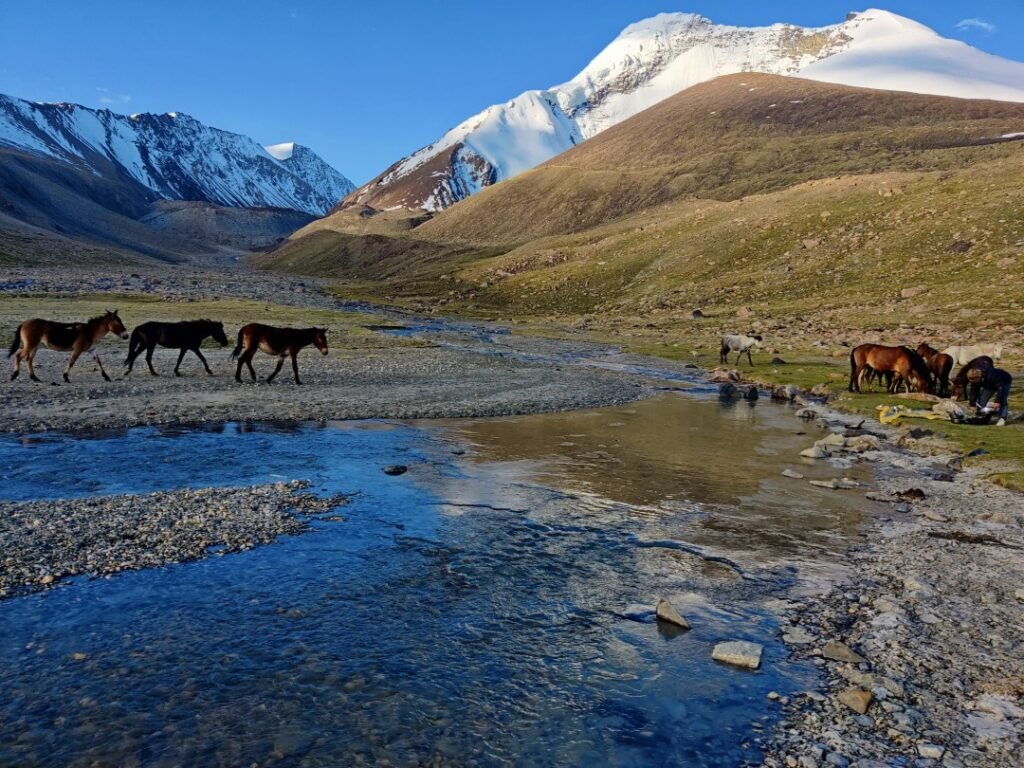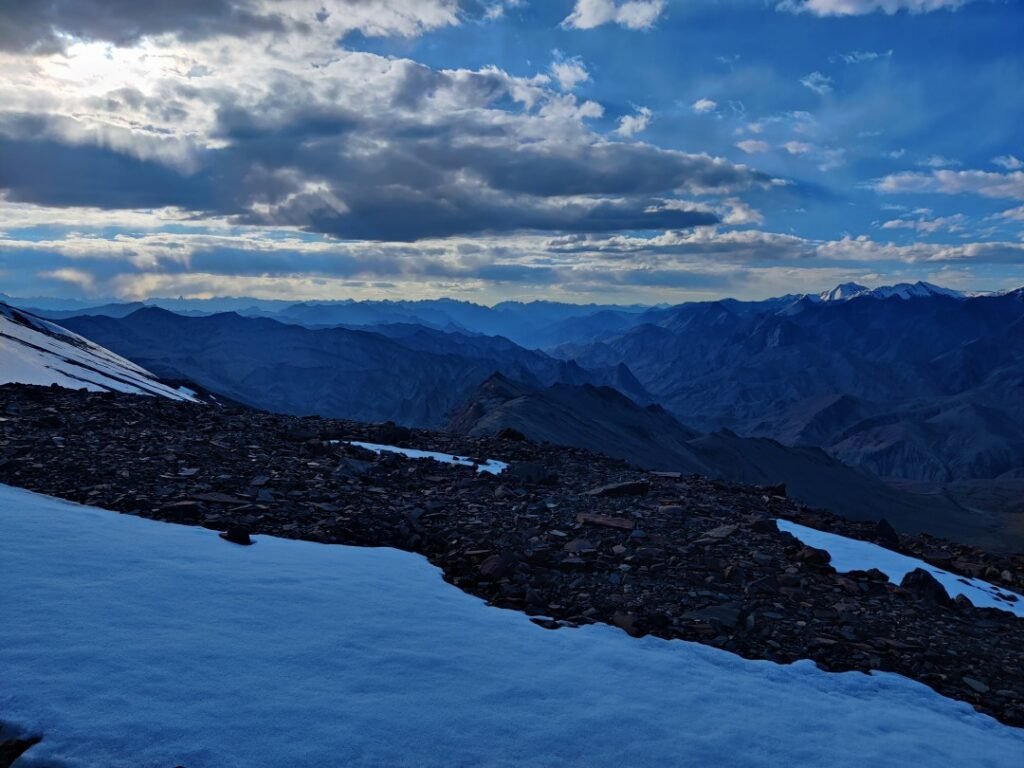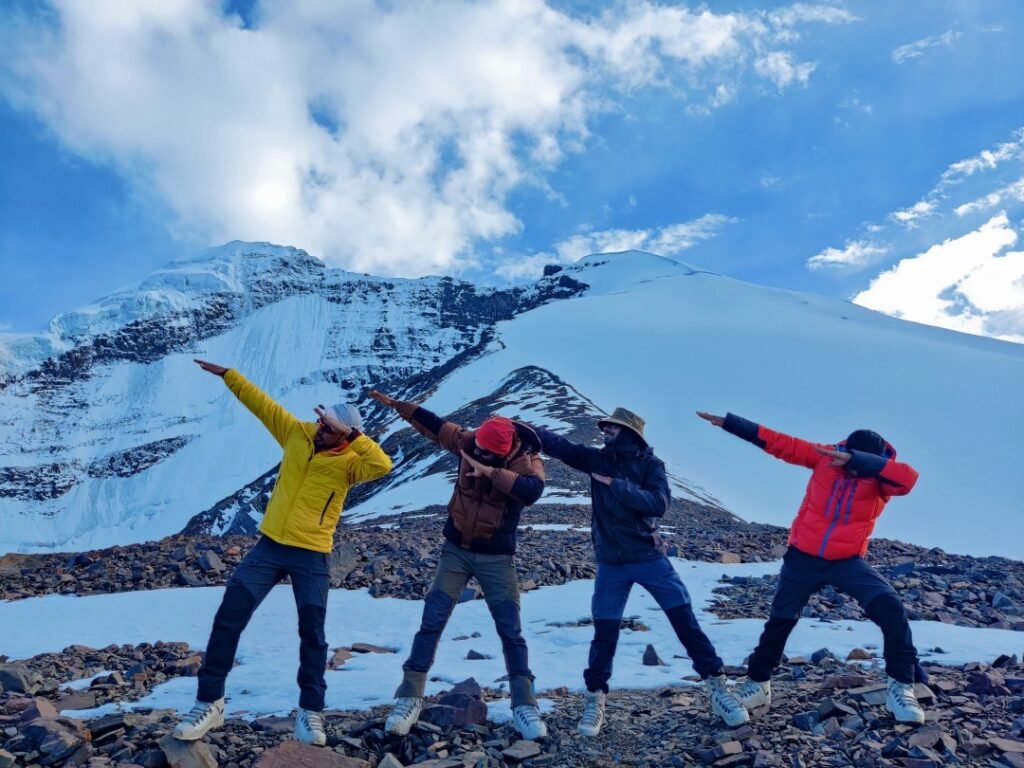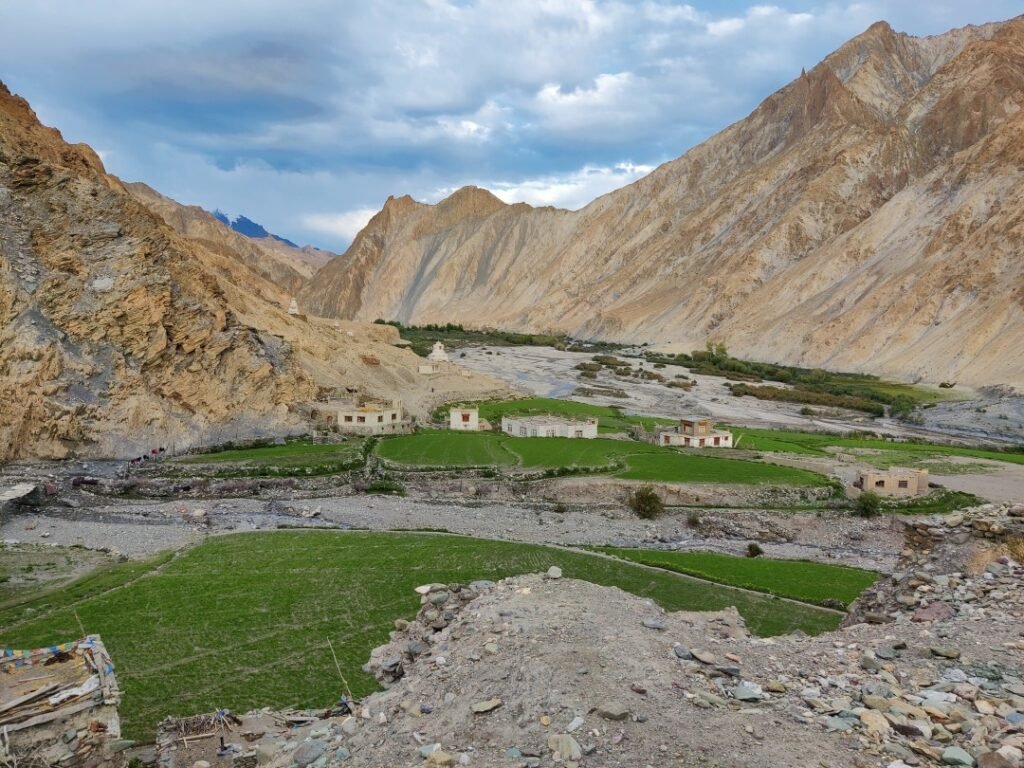Sar Pass Trek
A picture-perfect trek through diverse landscapes, perfect for beginners.
Talk to an Expert
Trek Difficulty
Moderate
Trek Duration
5 Days / 4 Nights
Highest Altitude
13,800 ft (4,206 m)
Suitable For
Beginners
Accommodation
Twing Sharing
Total Trek Distance
Approx. 48 km
Basecamp
Kasol
Accomm. Type
Tent
Pickup Point
Kasol
Accommodation Level
Economical
Sar Pass Trek
A Himalayan Adventure for All
The Sar Pass Trek is a 5-day Himalayan adventure that takes trekkers through dense forests, scenic meadows, snowfields, and a thrilling high-altitude pass at 13,800 ft (4,206 m).
Starting from Kasol, the trail winds through Grahan, Min Thach, Nagaru, and Biskeri Thach, offering stunning views of the Parvati Valley and surrounding peaks.
Ideal for first-time trekkers and seasoned hikers alike, this trek combines gradual ascents with exciting snow descents, including the famous Sar Pass snow slide, making it an unforgettable journey in Himachal Pradesh.
Trek Fee & Commercials
INR 8,000 (Kasol to Kasol, all-inclusive)
Optional Add-ons
- INR 1,500 Single Tent Accommodation
- Travel and Emergency Insurance
Available Dates to Register
- Custom departures available for private groups (6+ trekkers)
Additional Information
Inclusions & Exclusions
- All meals during the trek – Nutritious vegetarian + egg meals from lunch on Day 1 to lunch on Day 5.
- High-quality camping equipment – Twin-sharing tents, sub-zero sleeping bags, insulated mats.
- Terrain-specific gear – Includes gaiters, crampons, and microspikes based on snow conditions.
- Experienced expedition team – Certified expedition leader, experienced local mountain guides, and skilled support staff.
- Private transport logistics – From Barshaini to Kasol post-trek.
- Safety measures – Includes well-stocked first aid kit, portable oxygen cylinder for emergencies, evacuation stretcher.
- First aid kit, altitude sickness medication, oximeters.
- Porter service for backpack offloading (optional).
- Meals during road transfers – Not included (Kasol to Barshaini).
- Personal expenses – Snacks, drinks, tips, souvenirs, laundry, etc.
- Travel insurance/trek insurance – Not provided, but highly recommended for all participants.
- Personal porter/mule – Not included. Can be opted for after reaching Kasol.
- Anything not specifically mentioned in inclusions.
- Accommodation in Kasol before or after trek – Not included, can be arranged separately.
Why Sar Pass Should Be on Your Trek List?
Perfect for First-Timers & Adventure Seekers
Sar Pass offers a balanced mix of challenge and accessibility, making it ideal for beginners while still exciting for experienced trekkers.
Diverse Landscapes in Just Five Days
From dense pine forests and blooming rhododendrons to high-altitude meadows and snowfields, this trek showcases stunning Himalayan terrain every single day.
The Thrill of the Sar Pass Snow Slide
Descending Sar Pass involves a fun and exhilarating snow slide, a natural shortcut that lets trekkers glide down snowy slopes, making this trek truly unique.
Stunning Views of the Parvati Valley
The summit offers jaw-dropping panoramic views of snow-covered peaks, deep valleys, and rugged ridges, rewarding every step of the climb.
Immersive Himalayan Village Experience
Pass through remote villages like Grahan and Pulga, where traditional wooden homes, local hospitality, and untouched landscapes make you feel connected to the mountain way of life.
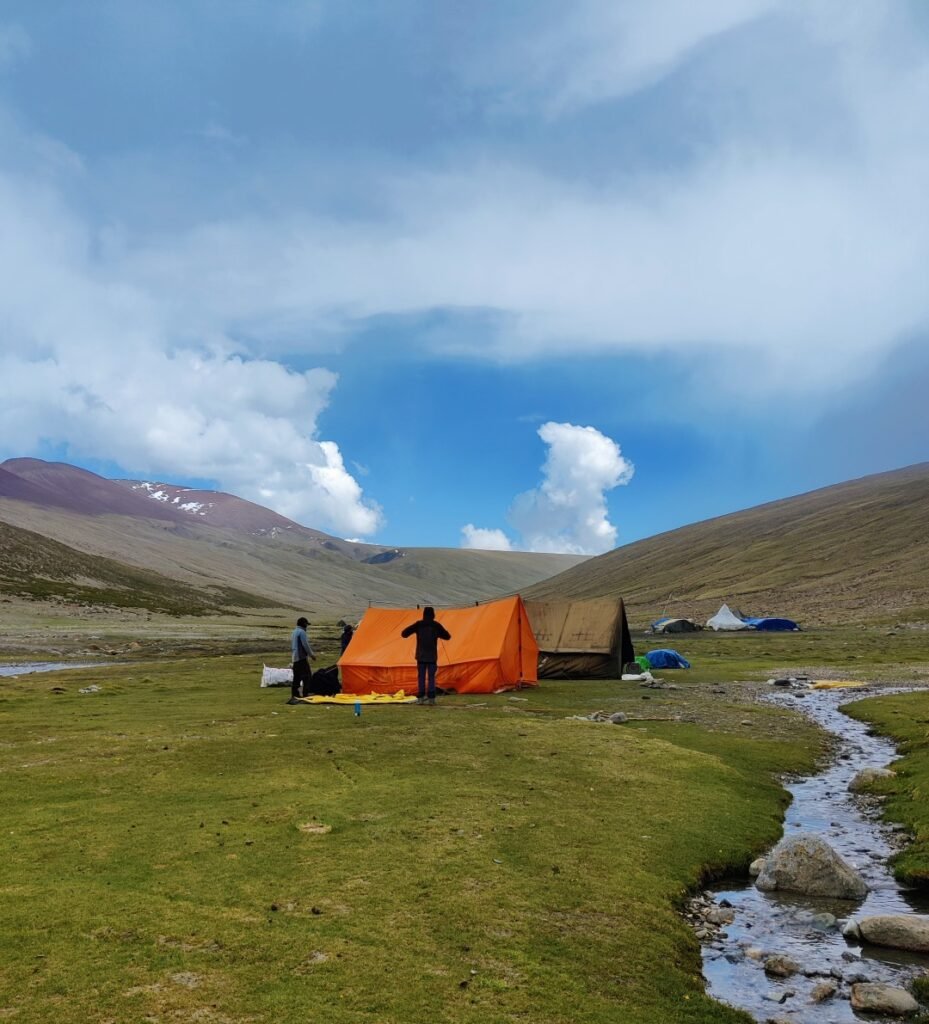
Sar Pass Trek – Detailed 5-Day Itinerary
Day 1: Kasol to Grahan (9 km | 6 hrs | 7,700 ft)
- Altitude: 2,740 ft (835 m)
- Arrive in the scenic lakeside city of Pokhara, a gateway to the Annapurna region.
- Check into your hotel and prepare for the trek ahead.
- Optional exploration: Walk along Phewa Lake, visit the Tal Barahi Temple, or browse local markets for last-minute trekking essentials.
- Team briefing in the evening with trek leaders and fellow trekkers.
Day 2: Grahan to Min Thach (7 km | 5 hrs | 9,200 ft)
- Drive Altitude: 3,812 ft (1,162 m) | Trek Altitude: 6,571 ft (2,003 m)
- Drive Duration: 2 hours | Trek Duration: 5–6 hours
- Early morning jeep ride from Pokhara to Nayapul, the trek start point.
- Begin trekking through lush landscapes, passing charming villages and terraced rice fields.
- Cross suspension bridges over the Modi Khola River and ascend towards Ghandruk, a picturesque Gurung village.
- Enjoy stunning views of Machhapuchhre (Fishtail Peak) and Annapurna South.
Day 3: Ghandruk to Lower Sinuwa
- Trek Altitude: 7,414 ft (2,260 m)
- Trek Duration: 6–7 hours
- Pass through dense rhododendron forests, climbing uphill and crossing Kimrong Khola via suspension bridges.
- Steady ascent leads to Chhomrong, the largest Gurung settlement in the region.
- Descend to Chhomrong River, followed by a steep climb to Lower Sinuwa, a small resting point before deeper forest trails.
Day 4: Nagaru to Sar Pass to Biskeri Thach (14 km | 8 hrs | 13,800 ft)
- Trek Altitude: 10,400 ft (3,170 m)
- Trek Duration: 6–7 hours
- Trek through the dense Bamboo and Dovan forests, following the Modi Khola River.
- The terrain becomes rocky as altitude increases, leading to Himalaya Hotel, a common resting point.
- Ascend past towering cliffs and waterfalls to Deurali, where the vegetation thins out, marking entry into alpine terrain.
Day 5: Biskeri Thach to Barshaini (12 km | 5 hrs | 7,000 ft), Drive to Kasol
- Trek Altitude: 12,070 ft (3,680 m)
- Trek Duration: 4–5 hours
- Enter an open valley, following a glacial river towards MBC.
- Pass through avalanche-prone sections (guides ensure safe navigation).
- The landscape transforms into snow-clad ridges, offering breathtaking views of Machhapuchhre Peak.
Day 6: MBC to Annapurna Base Camp (ABC) – Descend to Bamboo
- Highest Altitude: 13,451 ft (4,100 m) | Overnight Altitude: 7,582 ft (2,310 m)
- Trek Duration: 6–7 hours
- Early morning hike to Annapurna Base Camp (ABC), witnessing the glorious sunrise over Annapurna I.
- Spend time taking in the majestic 360° Himalayan views at ABC.
- Begin descent back through Deurali, Himalaya, and Bamboo for an overnight stay.
Day 7: Bamboo to Jhinu Danda (Hot Springs)
- Trek Altitude: 5,659 ft (1,725 m)
- Trek Duration: 4–5 hours
- Trek down through lush forests and cross multiple streams.
- Reach Jhinu Danda, famous for its natural hot springs by the river.
- Enjoy a refreshing dip to relax and soothe sore muscles.
Day 8: Jhinu to Nayapul – Drive to Pokhara
- Trek End Altitude: 3,812 ft (1,162 m) | Return to Pokhara: 2,740 ft (835 m)
- Trek Duration: 4 hours | Drive Duration: 2 hours
- Finish the final stretch of the trek along the Modi Khola River trail.
- Arrive at Nayapul, where the jeep ride back to Pokhara awaits.
- Rest, explore, or enjoy a celebratory dinner by Phewa Lake.
Day 9: Depart from Pokhara
- Spend the morning exploring Pokhara’s attractions, such as the Peace Pagoda or Devi’s Falls.
- Depart via flight, bus, or private transport, bidding farewell to the Himalayas.
Say goodbye to the Himalayas. Depart from Pokhara via flight or road, or extend your travels to explore more of Nepal.
Facts and Important Information
- By Bus: Take an overnight Volvo from Delhi/Chandigarh. The journey typically takes 12–14 hours.
- By Air: The nearest airport is Bhuntar, located approximately 50 km away. You can hire a cab or use local transport to reach the trek’s starting point in Kasol.
- By Car: Enjoy a scenic drive through Mandi and Kullu, offering breathtaking views along the way.
1. Government-Issued ID
- Aadhar Card, Passport, Driver’s License, or Voter ID
- Carry original and 2–3 photocopies
- Used in case of emergency
Medical Certificate (Fitness Declaration)
- Issued by a registered medical practitioner
- Should mention that you’re fit for high-altitude trekking up to 4,206M
- Senior citizens or those with pre-existing conditions may need additional clearance
- Captain Alpine will provide a standard format for this
4. Disclaimer/Indemnity Form
- Signed declaration acknowledging risks involved in high-altitude trekking
- Provided by your Captain alpine adventures
- Must be signed before the trek starts
5. Passport & Visa (for Foreign Nationals)
- Carry your original passport and valid Indian visa
- 2–3 copies needed for permits
- Some areas may require additional clearance
Expedition Leader and Guide
- Certified and experienced in high-altitude trekking.
- Leads the group, sets the pace, and monitors health and morale throughout the journey.
- Trained in first aid, AMS (Acute Mountain Sickness) response, and emergency evacuation protocols.
- Serves as the primary decision-maker in situations like weather delays, health concerns, or necessary route adjustments.
Kitchen Staff / Cook
- Prepares hot, nutritious meals at each campsite following strict hygiene standards.
- Adjusts meals according to altitude conditions and energy needs.
- Basic dietary restrictions can be accommodated with prior notice.
Support Staff (Helpers & Camp Managers)
- Responsible for setting up tents, dining areas, and sleeping arrangements.
- Assist with water, campsite maintenance, and cleanliness.
- Provide help with backpacks, particularly during challenging sections, like river crossings or steep climbs, upon request.
Mule/Porter Team
- Trekkers need to carry only their daypack containing essentials (camera, water, snacks, rain gear).
- Personal backpacks can be offloaded in Kasol. However, this service does not require pre-booking.
You Are in Good Hands
- The team is composed of local experts deeply familiar with the terrain.
- They are passionate about the mountains and dedicated to ensuring your safety and enjoyment.
- Your well-being is their top priority, making sure you have a memorable trekking experience.
Pre-Trek Health Requirements:
- Medical Fitness: Consult your doctor and ensure you’re fit for high-altitude trekking (up to ~13800 ft).
- Vital Checks Mandatory for Medical Certificate: Blood pressure, heart rate, and general stamina assessment.
- Acclimatization Readiness: Especially important if you’ve had altitude-related issues in the past.
Physical Fitness Preparation:
- Cardio Training: Brisk walking, jogging, cycling, or swimming (4–5 days/week for 4–6 weeks before the trek).
- Strength & Endurance: Core and leg strengthening (e.g., squats, lunges, planks).
Practice Treks: Do day hikes with a backpack to simulate trek conditions.
Altitude Awareness:
- The expedition reaches altitudes up to 13,800 ft (4,206 m)
- Watch for signs of Sickness :
- Headache, nausea, dizziness, loss of appetite, fatigue.
- Report any symptoms immediately to the Expedition leder.
- Headache, nausea, dizziness, loss of appetite, fatigue.
Essential Personal Medication:
- Carry your personal prescription meds.
- Pack a basic first-aid kit: paracetamol, pain relief spray, band-aids, ORS, antiseptic cream, etc.
NOTE:- Don’t take any medicine without informing your trek leader
Health & Safety Guidelines:
- Avoid alcohol, smoking, or sedatives during the trek.
- Hydrate regularly—even if you don’t feel thirsty.
- Maintain personal hygiene, especially at campsites.
- Listen to your body, and never ignore discomfort.
Emergency Protocol:
- Expedition leaders carry a basic medical kit and are trained in wilderness first aid.
- In case of serious illness or injury, evacuation support will be arranged.
- A buffer day is included in the itinerary for recovery or delays due to health/weather.
Trekking to 4206 M is possible at any age if you prepare intentionally and respect the mountain’s demands. Here’s what senior trekkers (typically 60+) should keep in mind before considering Sar Pass :
1. Mindset First: Know What You’re Getting Into
- In excellent cardiovascular health
- Comfortable walking 8–10 km per day with elevation gain
- Aware of altitude risks and mentally prepared for tough conditions
2. Mandatory Medical Clearance
Before booking:
- Consult your doctor with details of the trek itinerary and altitude profile
- Ask for a cardiac stress test and lung function test if needed
- If you have pre-existing conditions (hypertension, asthma, diabetes, etc.), discuss the risks and required medication adjustments
3. Physical Preparation (3–6 Months)
A gradual, consistent fitness plan is key:
- Walking/Hiking: Build up to 10–12 km walks with inclines, 3–5 days/week
- Strength Training: Focus on legs, hips, core, and balance
- Breathwork: Practice controlled breathing or pranayama to boost oxygen efficiency
- Stair Training: Mimics uphill effort—climb 10–20 floors/day with a small backpack
4. Smart Acclimatization
- Ask Us for a slow, flexible itinerary
- Avoid alcohol, caffeine, and heavy meals during early days at altitude
5. Medications & Monitoring
- Keep essential meds accessible (BP meds, insulin, etc.)
- Monitor your vitals with a portable oximeter—oxygen saturation should ideally stay above 80% at high camps
6. Be Ready to Turn Back
- Carry emergency contacts, insurance, and evacuation coverage
- Let go of the summit if your body signals distress—there is zero shame in turning back
Minimum age: 10 years. Must be fit and accompanied by an adult. Proper layering and hydration are critical.
Sar Pass Trek Trivia
The Name's Hidden Charm
The name "Sar Pass" originates from the local Himachali dialect, where "Sar" means lake. Interestingly, trekkers cross a frozen lake en route, lending the pass its unique name.
Natural Sliding Adventure
One of the trek's highlights is the long snow slide from the summit, an adrenaline-pumping experience that’s as close to a natural roller coaster as you can get in the Himalayas.
Hidden Flora
The forests leading up to Sar Pass are home to a rare mix of Rhododendron and Himalayan Silver Birch trees, which play a significant role in local ecology and folklore.
Historic Shepherd Trails
The trekking route once served as ancient trails used by local shepherds migrating with their flocks across the mountains. It's a trek rich in tradition and history.
Latest Reviews
” Aenean sollicitudin, quis auctor, nisi elit consequat ipsum, nec sagittis sem nibh id elit. Duis sed odio. “
Lauren Munoz
Ronald Snyder
Jessica Hawkins
Sean West
Experience the majestic Himalayas with the Sar Pass Trek with Captain Alpine – breathtaking views and unforgettable memories wait for you.
F.A.Q.
Spring (March–May) and autumn (Sept–Nov) for clear skies and best views.
No, but decent fitness is important.
The trek lasts 12 days (Leh to Leh) and covers approximately 75–80 km, including acclimatization days and a buffer day.
Can be, but proper acclimatization helps prevent issues.
Yes, but limited and chargeable.
Optional; backpack offloading service is available.
Simple vegetarian meals with eggs.
Yes, TIMS Card & Annapurna Conservation Permit (included in trek cost).
4,130 m at Annapurna Base Camp.
Yes, with adequate preparation.
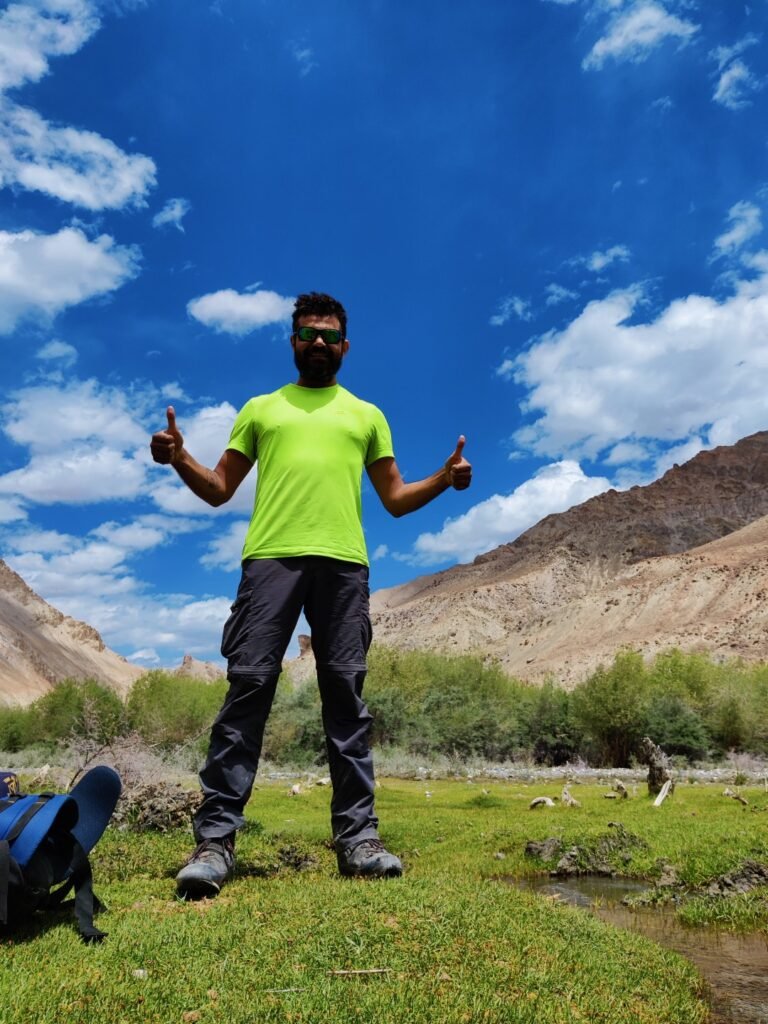
Contact
Have a question or need assistance? Reach out—we're here to help you plan your perfect trekking adventure.
Phone
9897521533
support@captainalpine.com
Address
69 vedanth, first floor, alpha international city, sector 29, karnal, haryana, 132001



